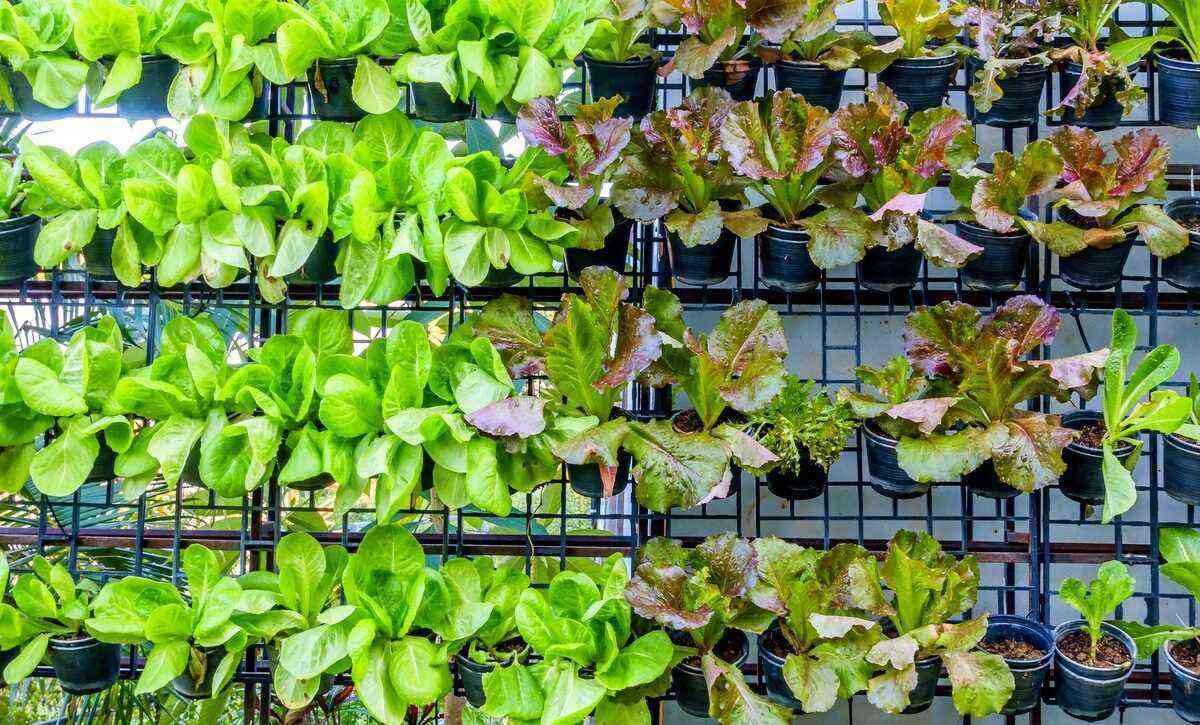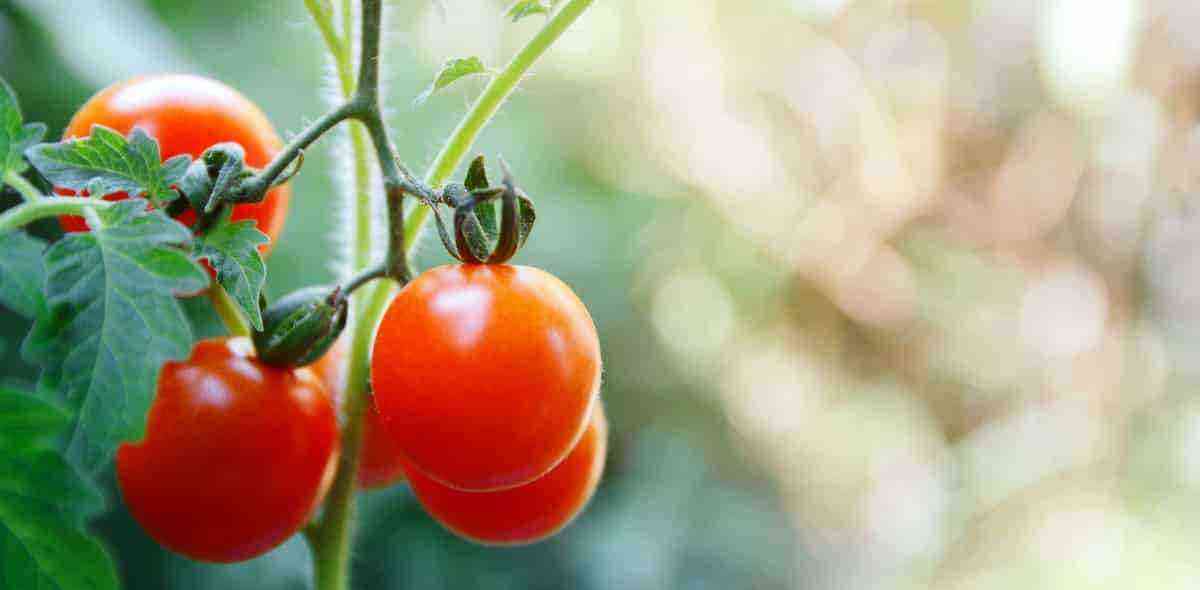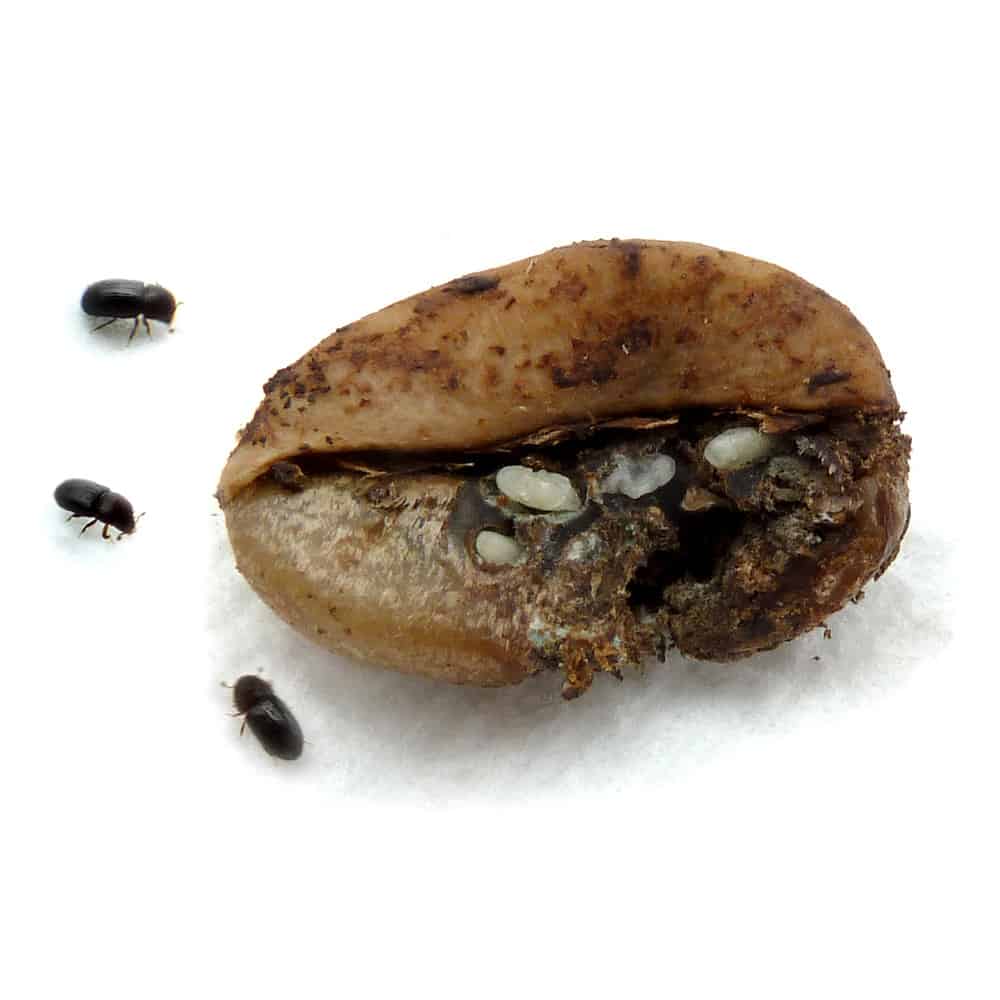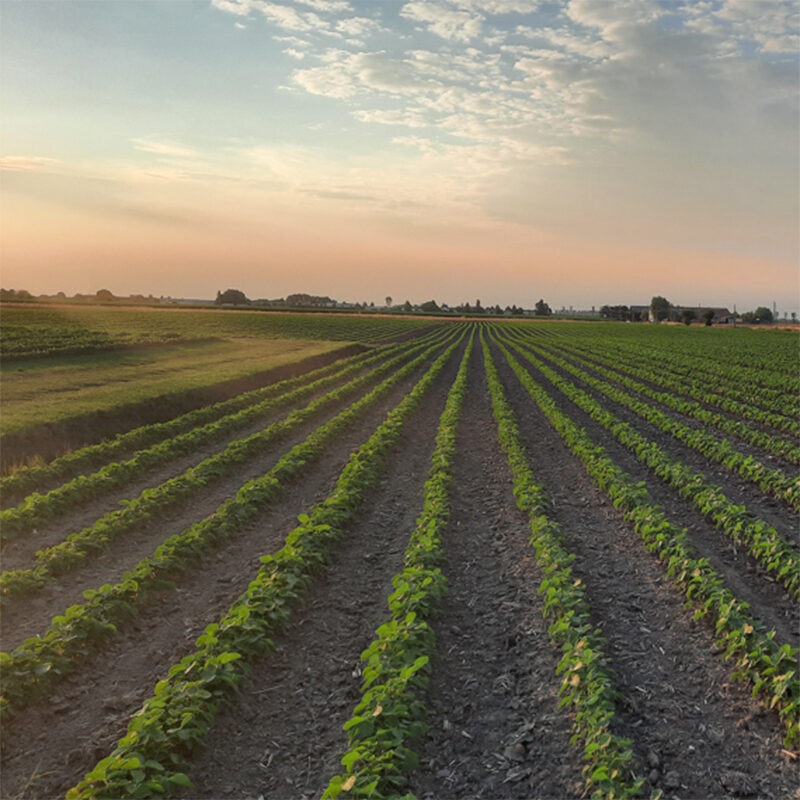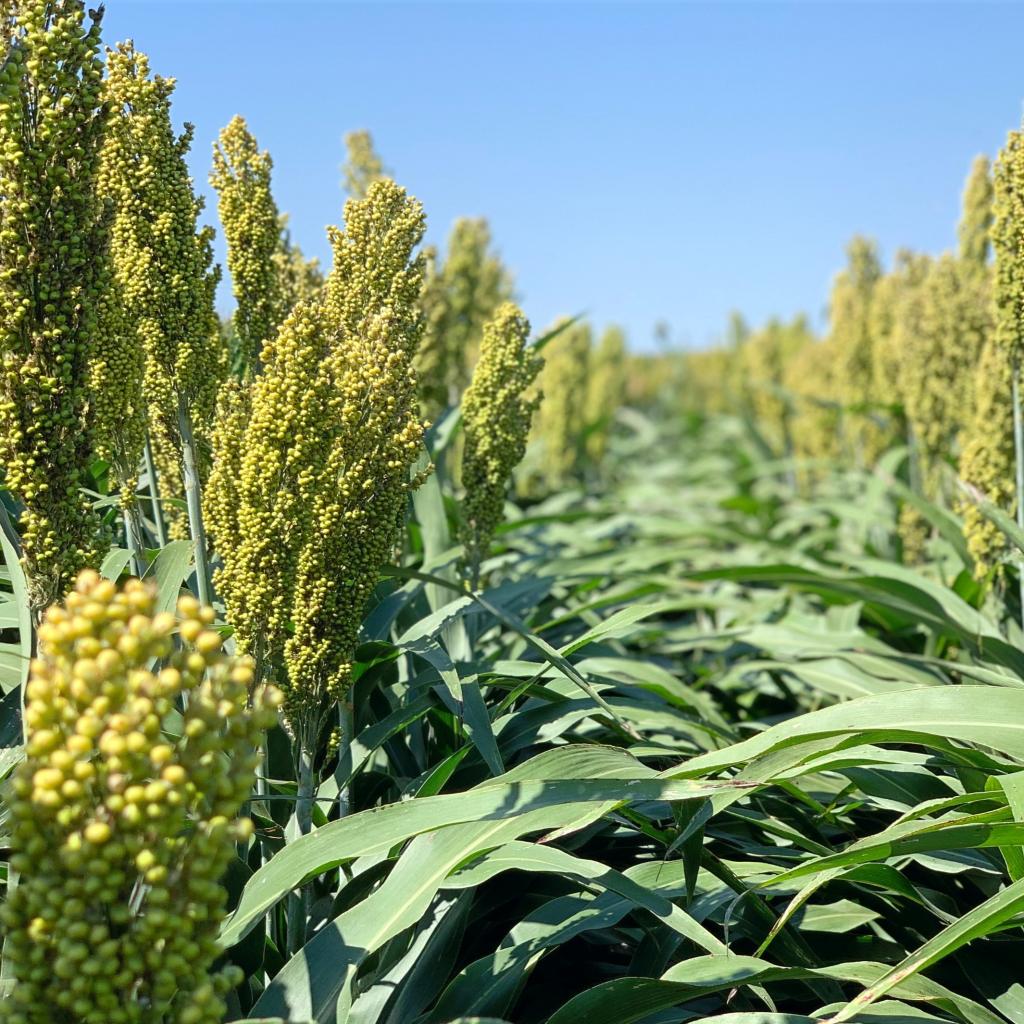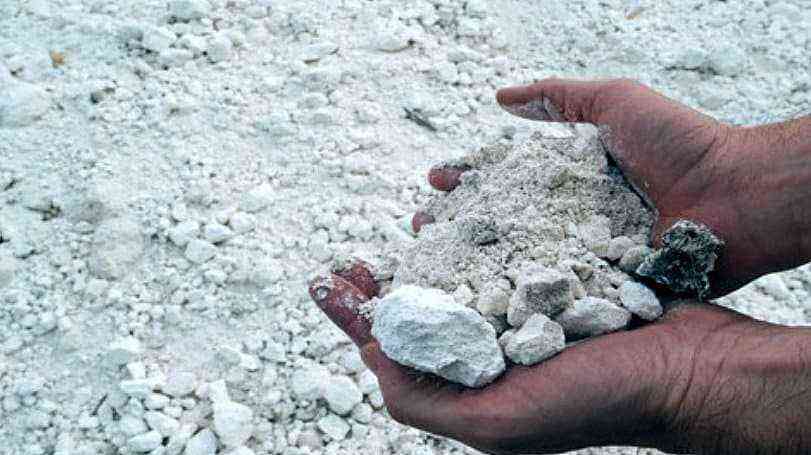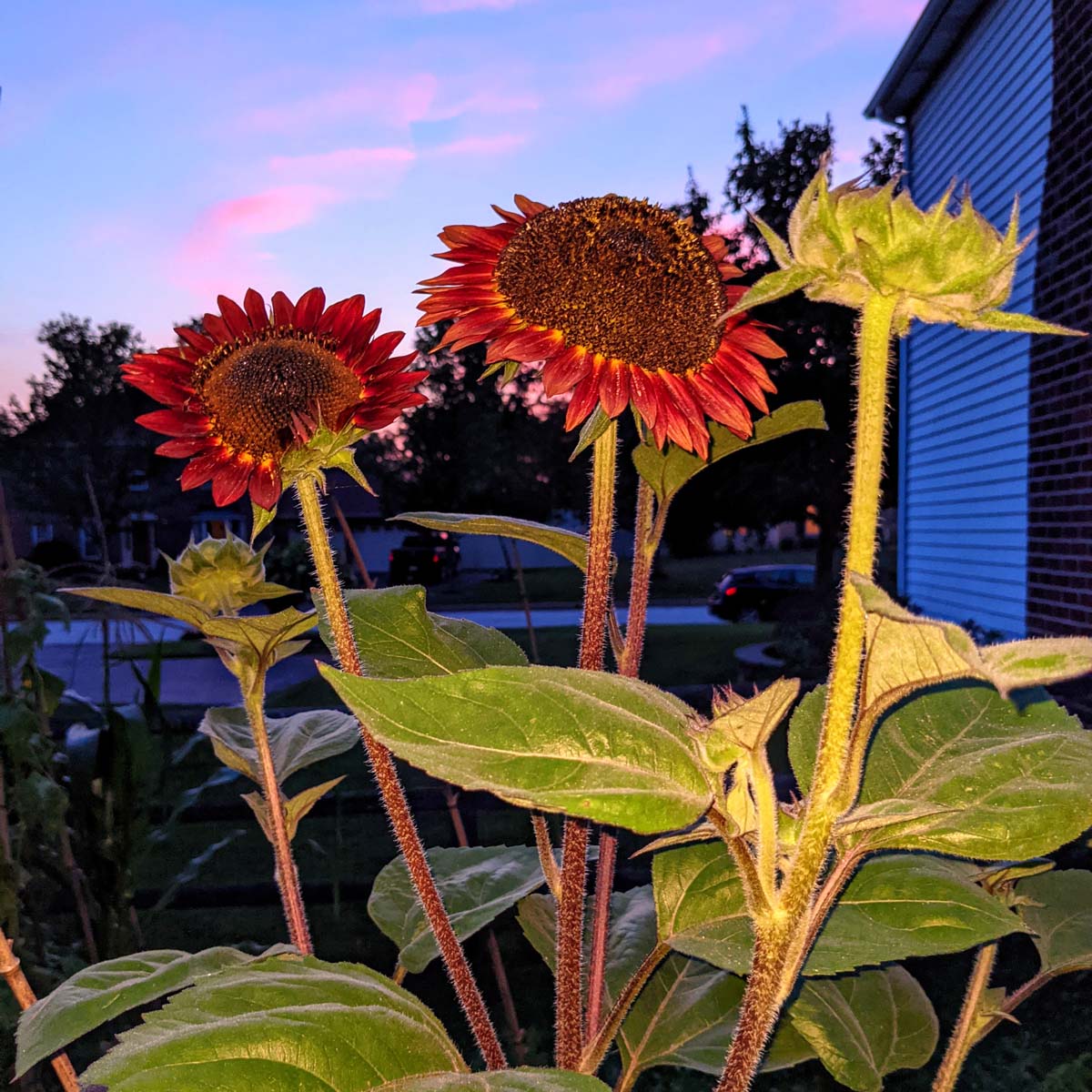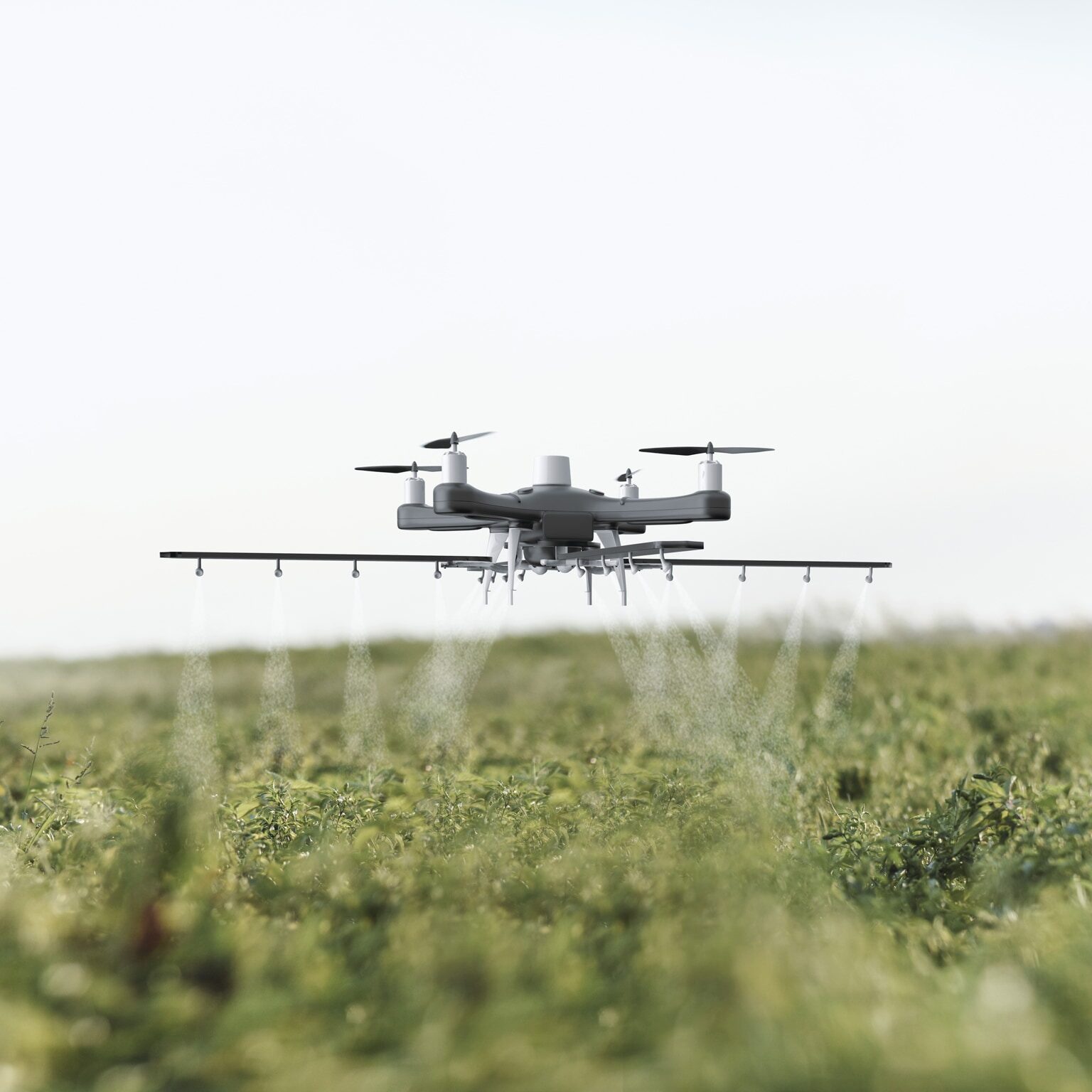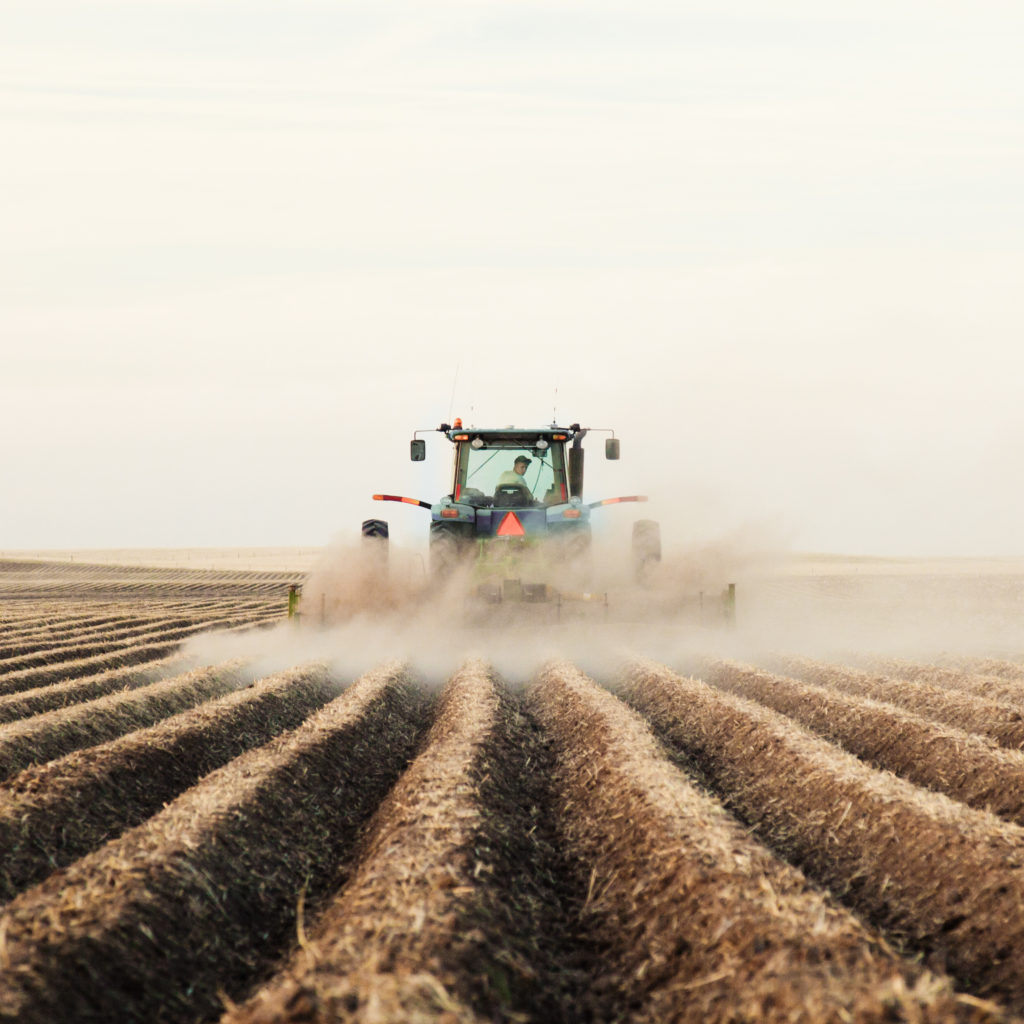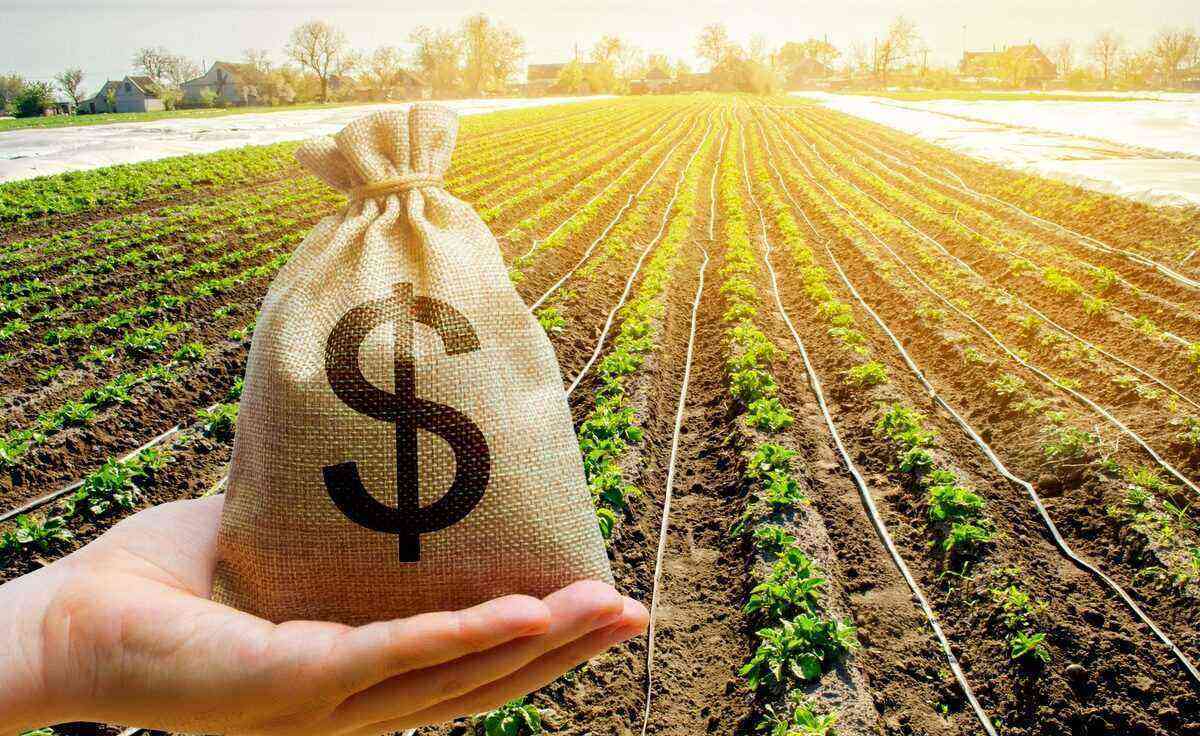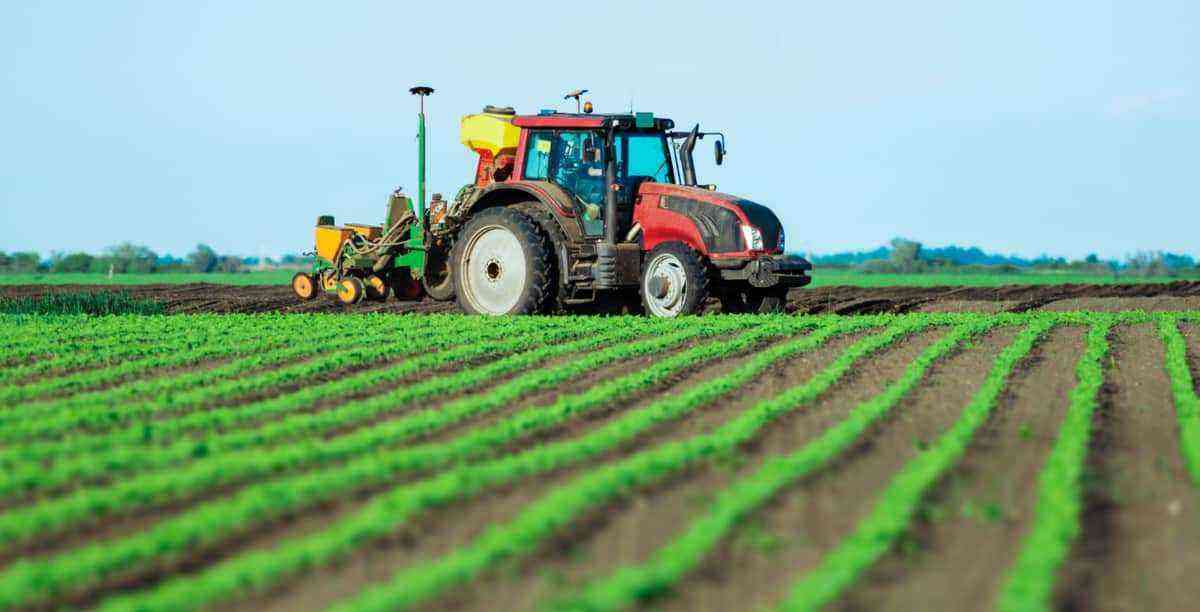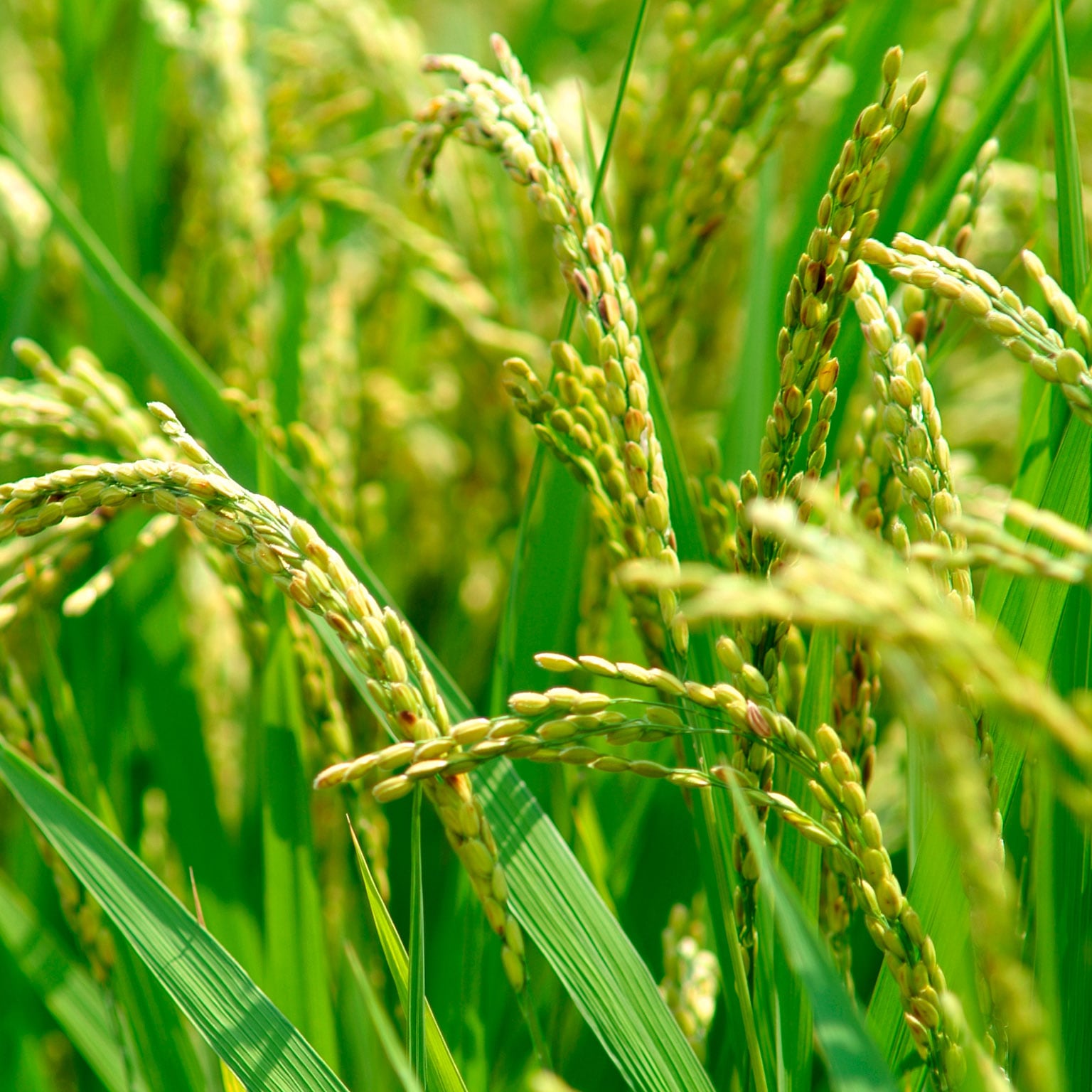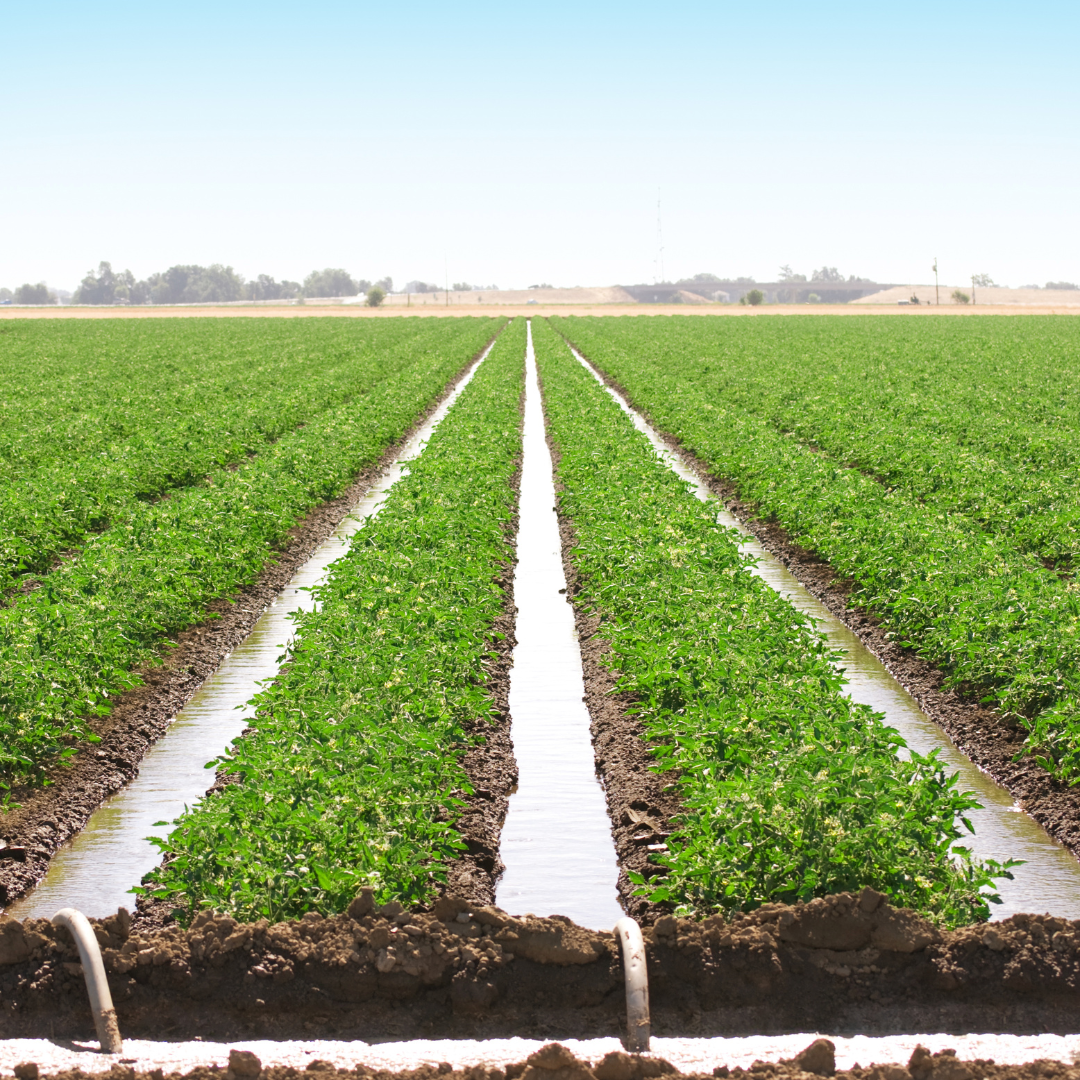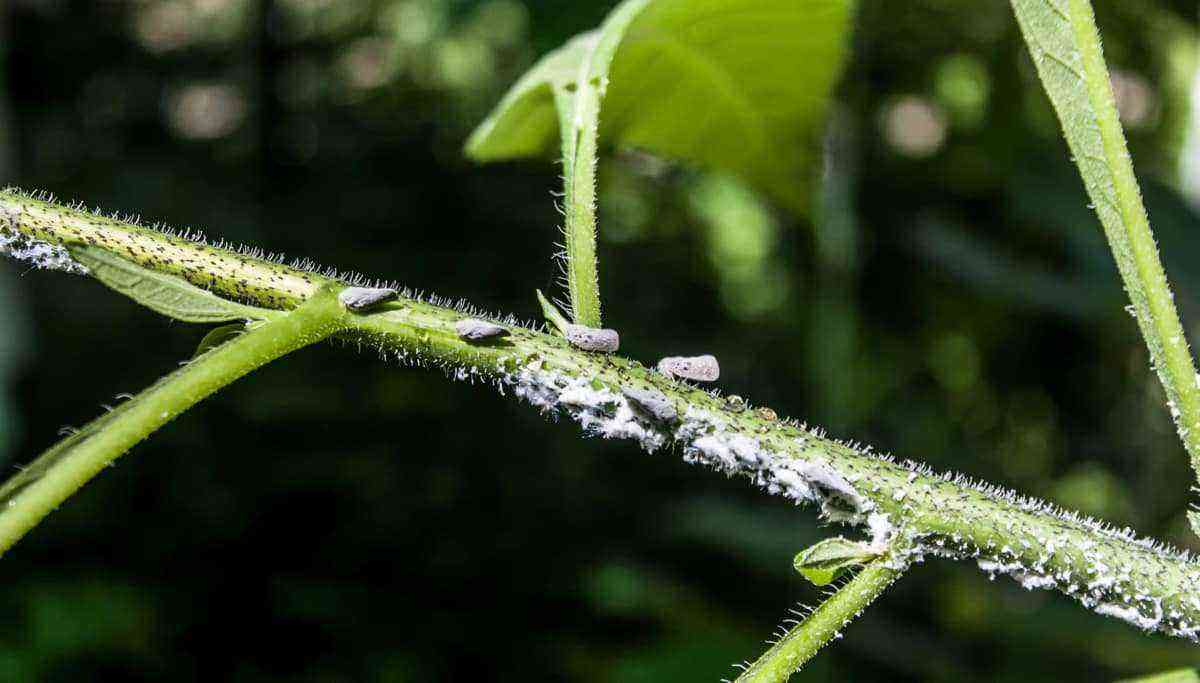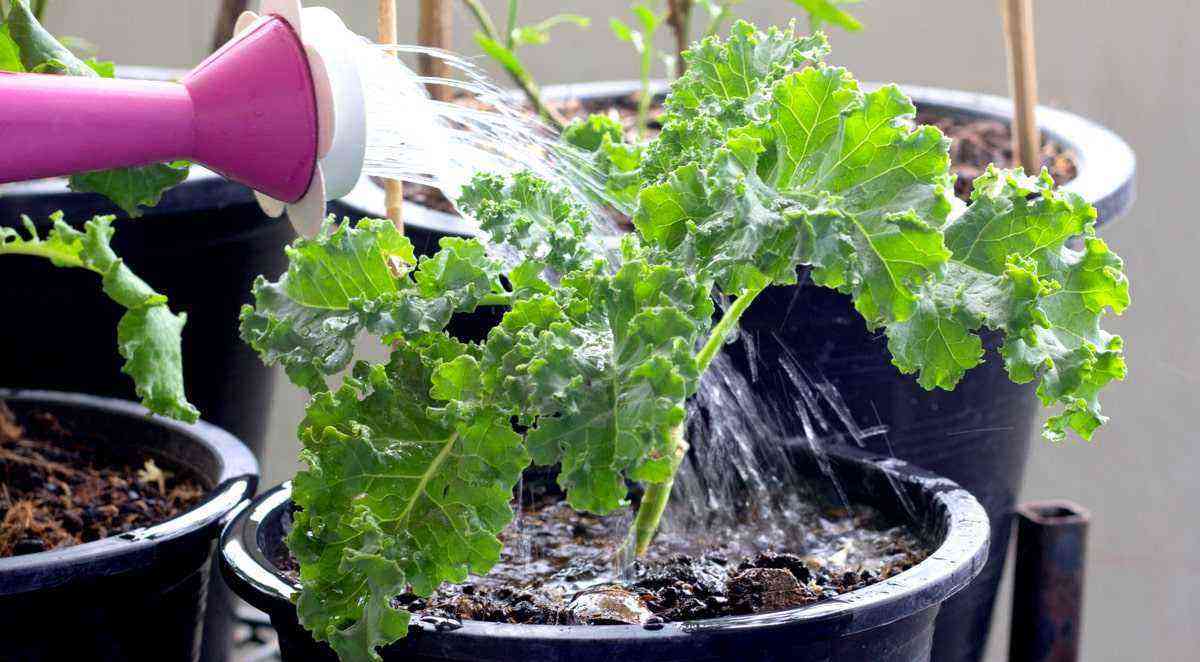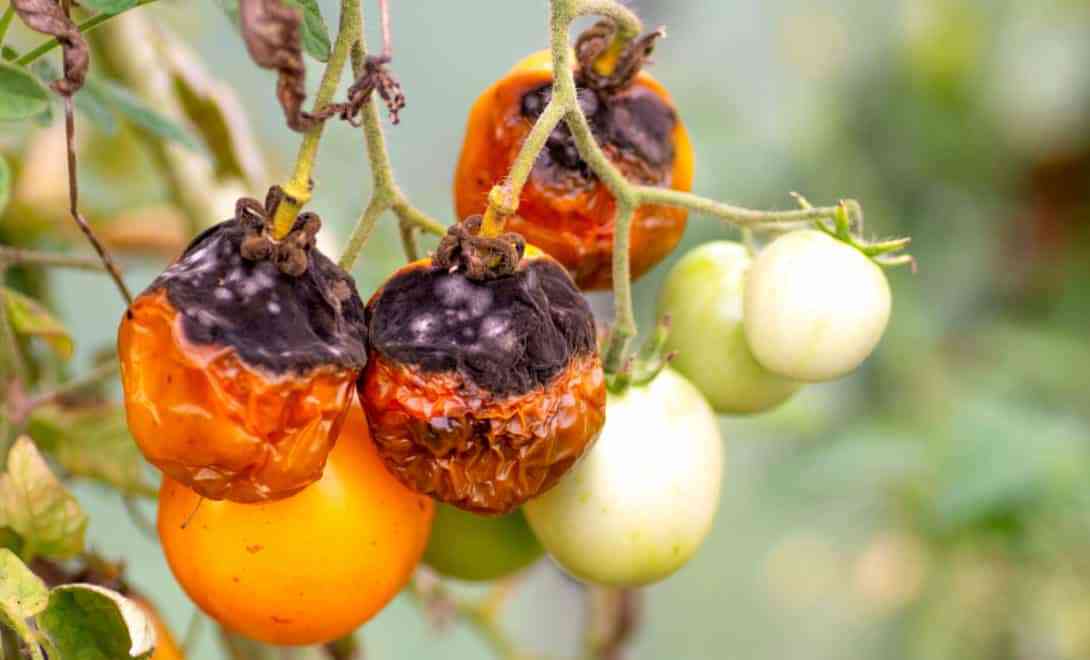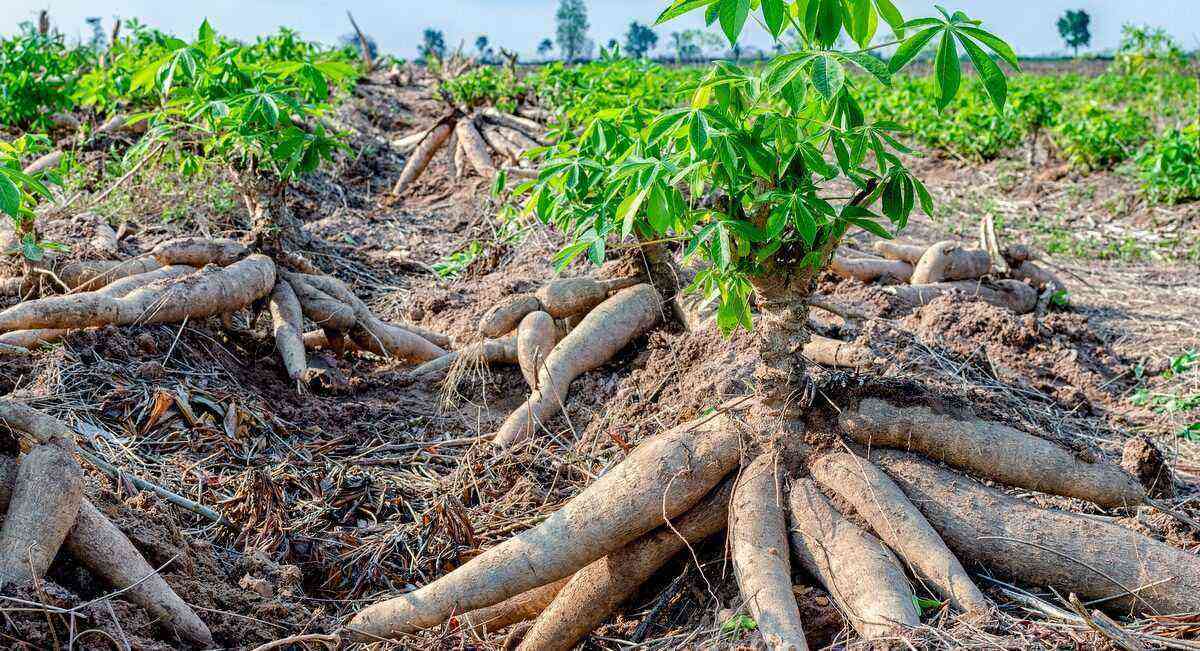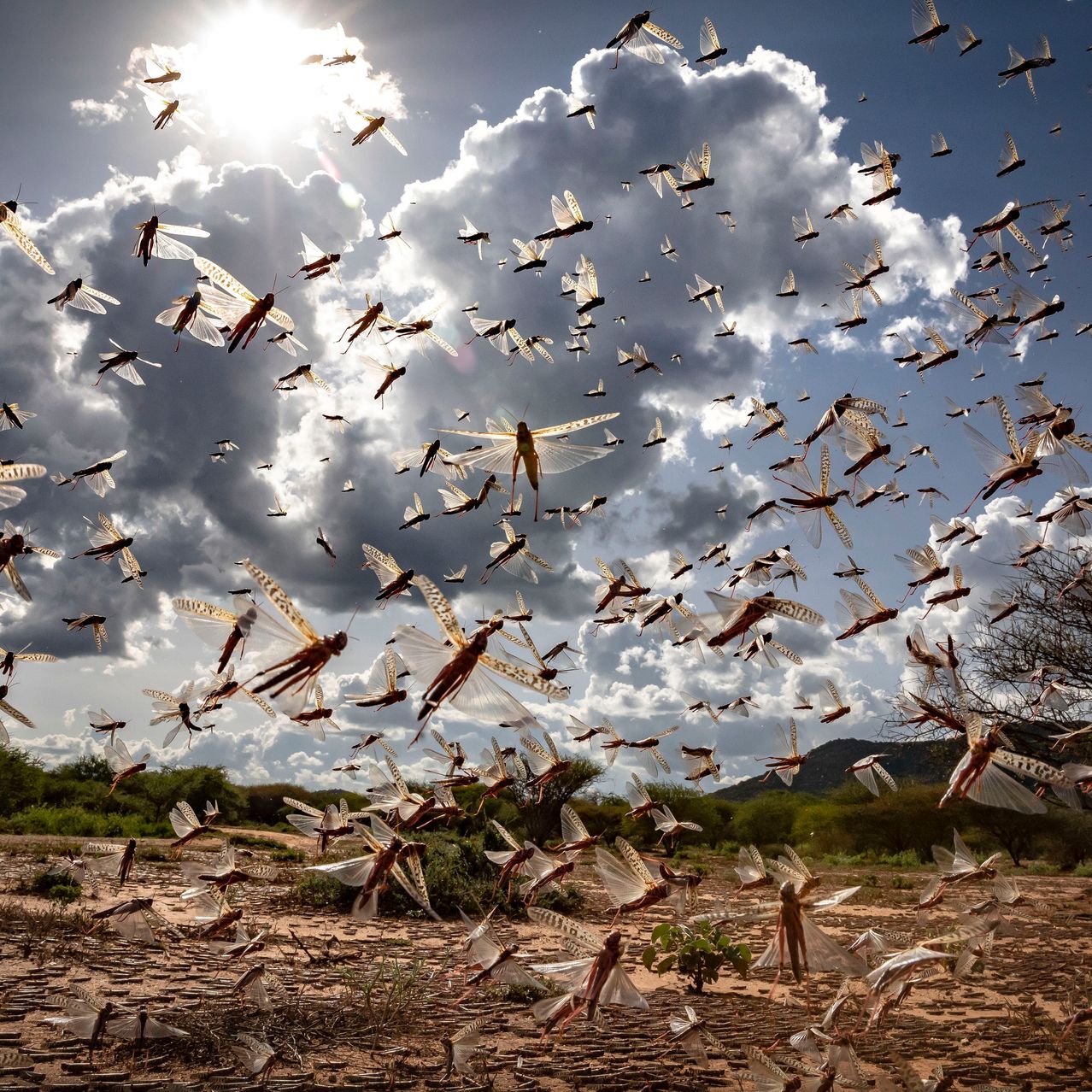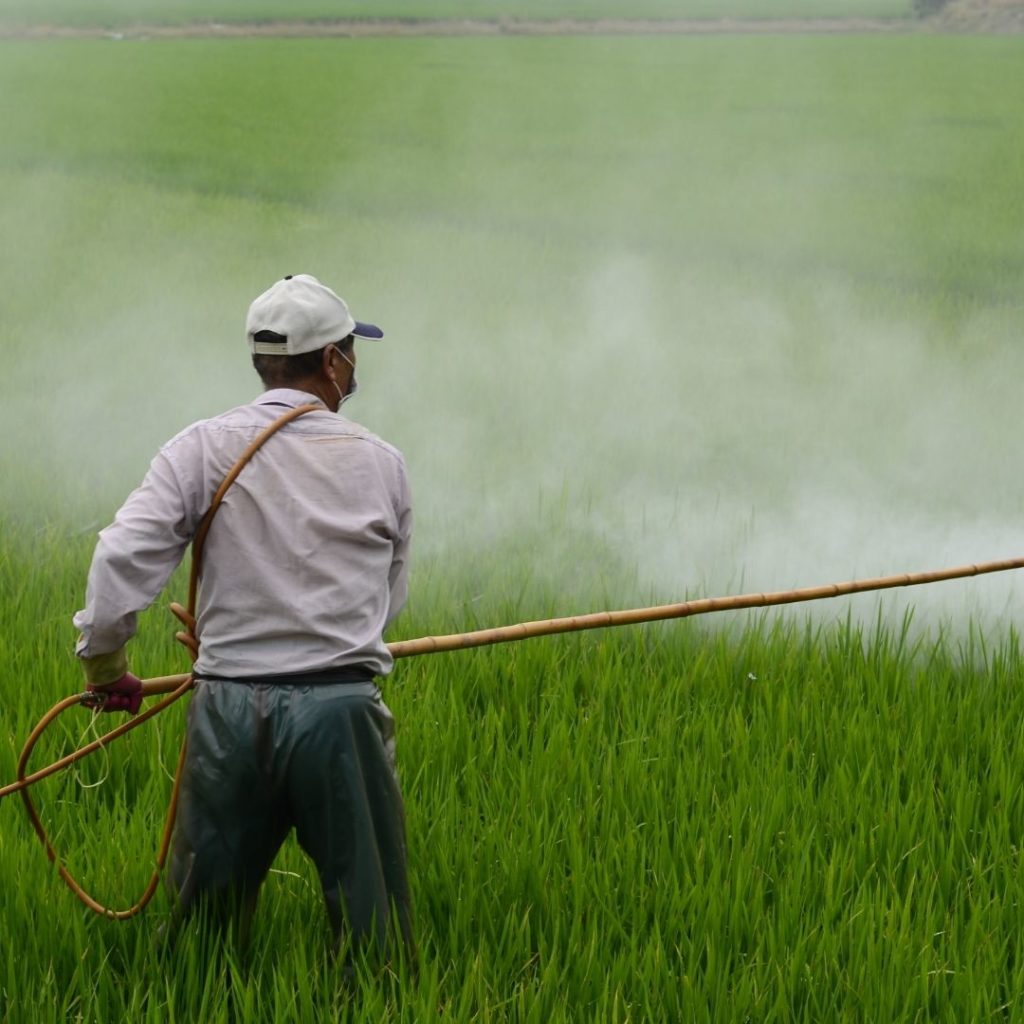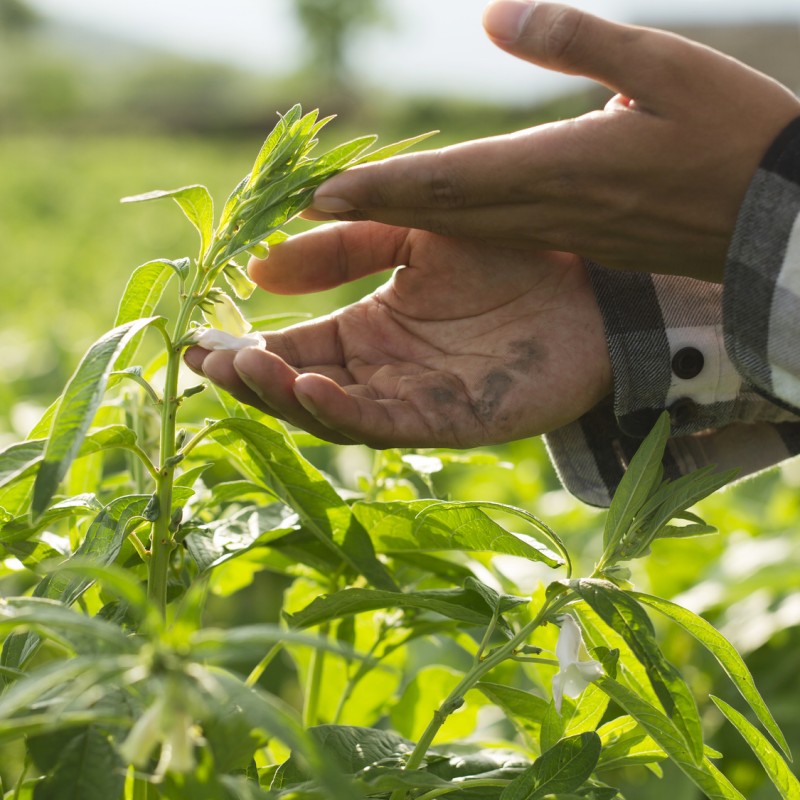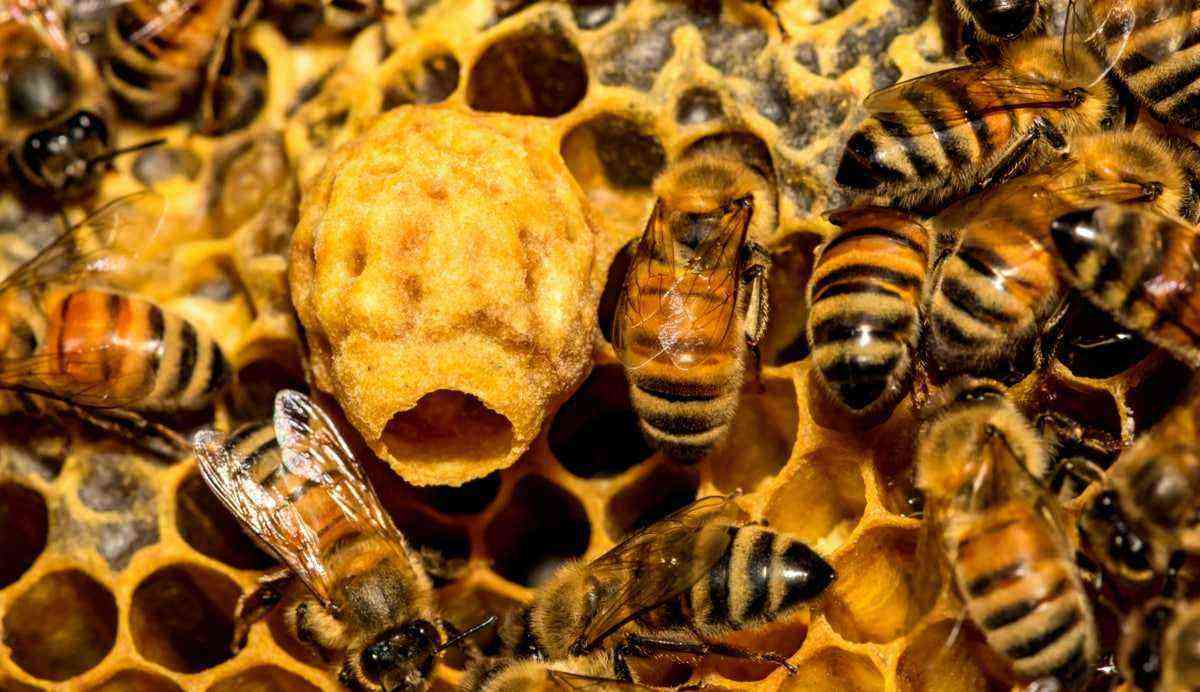Currently, Brazil is responsible for exporting a third of the world’s coffee production, and we, Brazilians, are the second population that consumes the most!
But to maintain this large production, it is necessary to pay attention to the good management of coffee trees, as adverse situations can influence the harvest. One of them is coffee rust, a disease caused by the fungus Hemileia Vastatrix, which survives only on the coffee tree.
Would you like to know how to control coffee rust on your plantation? Keep reading, as we will explain in this post!
What are the favorable conditions and how does proliferation occur?
Climatic conditions and also those of the crop contribute to the proliferation of this disease. Generally, it develops between the months of November and December and reaches the peak of infestation between the months of May and June.
See below what favors proliferation:
- high humidity;
- temperatures between 20 ° and 24 ° C;
- poor fertilization and management;
- plants with many branches — shady and more humid environment;
- transfer of carbohydrates to the fruit — the plant is exposed to the disease.
The combination of climatic conditions, plant susceptibility and the high pending load are the factors that influence the proliferation of coffee rust.
What are the symptoms and how to control them?
It is a warning sign when yellow spots begin to appear on the leaves. These spots are small, but they are the parts that have already been necrotic by the fungus.
 Beginning of yellowish stains indicating coffee rust
Beginning of yellowish stains indicating coffee rust
In addition, it is possible to observe in the leaves, a type of mass – of yellowish and orange tones – that is formed by the union of spores of the fungi, called urediniospores.
The control of this pest is done through the use of systemic fungicides, both in the soil and in the leaves. This control can also be done preventively, when using protective fungicides.
To know which fungicide to use, the ideal is to calculate the sampling: calculate the percentage of leaves contaminated with rust, divide by the total number of leaves collected and multiply by 100. If the result is close to 5%, the fungicide is used protector, if the values exceed 5%, it is necessary to use the systemic fungicide.
Remember that the fungicide needs between 4 and 6 hours to fully penetrate the plants.
What are the damages caused by coffee rust?
There are numerous damages caused by coffee rust. It is estimated that this disease can reach up to 70% of a plantation, it is very worrying!
 See rosette with little production of coffee beans due to rust, damage can reach 70%
See rosette with little production of coffee beans due to rust, damage can reach 70%
These losses appear both in the harvest and in the quality of the drink, which interferes with the sales value of the product. Without preventive control of the disease, the loss is very great.
The leaves are the ones that suffer the most, as they begin to fall, the flowers almost do not appear and those that manage to avenge suffer fruit drops. If this occurs often, your farming can decrease considerably, so the importance of preventive control!
In order to achieve positive results, it is necessary to carry out adequate prevention and management of agriculture, only in this way is it possible to control coffee rust.
See more: Importance of urea in coffee fertilization


